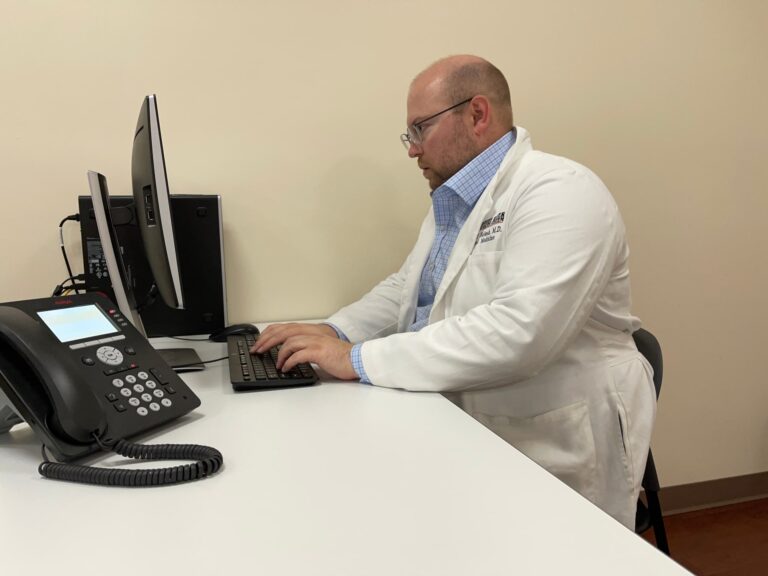Unraveling Neural Networks: Dr. Philip Sobash Explores the Brain's Visual Pathways
The individual brain's capability to process visible information is a miracle of natural design, the intricate pathways responsible for that elementary purpose remain a frontier of neuroscience. At the forefront with this exploration is Dr. Philip Sobash Charleston SC, whose pioneering study is shedding new light on what the brain perceives and interprets visual stimuli. Visual pathways in mental performance include a complicated network of neurons that send information from the eyes to numerous parts of the mind in charge of control aesthetic data. Dr.Sobash's work is targeted on mapping these pathways with unprecedented aspect, trying to unravel the elements main visual belief and cognition.

Central to Dr.Sobash's research is the idea of neural plasticity—the brain's ability to reorganize and conform its neural pathways in reaction to see and injury. His studies have unmasked that visible pathways are not fixed but can undergo profound changes throughout living, affected by facets such as learning, atmosphere, and disease. One of Dr.Sobash'sgroundbreaking discoveries relates to the position of feedback loops within visual pathways. Despite earlier concepts, his research shows that feedback elements play a crucial role in improving visible belief, letting mental performance to improve clarity, comparison, and spatial consciousness centered on contextual information. Moreover, Dr.Sobash has determined crucial parts within mental performance wherever these feedback elements work many prominently, including the aesthetic cortex and higher-order association areas. By utilizing sophisticated imaging methods and computational designs, he's been able to see these functions in real-time, providing unprecedented insights in to how the brain constructs aesthetic representations of the world. Beyond fundamental research, Dr.Sobash's studies hold significant implications for clinical neurology and rehabilitation. Knowledge how visible pathways change and react to harm can pave just how for book therapies aimed at restoring perspective in patients with aesthetic impairments or neurological disorders.

Looking ahead, Dr.Sobash envisions another wherever personalized medication includes step-by-step maps of individuals' visual pathways, permitting tailored treatments that improve visual function based on each patient's special neural architecture. In conclusion, Dr. Philip Sobash's research in to the brain's aesthetic pathways shows a paradigm change within our knowledge of visual notion and cognitive processing. His progressive method not merely deepens our understanding of the brain's inner workings but in addition starts new paths for healing interventions that offer to enhance human perspective and quality of life.